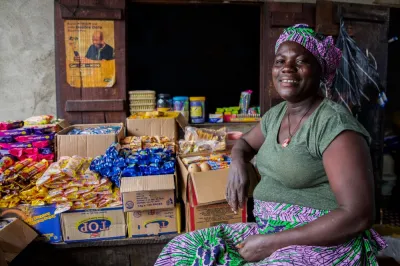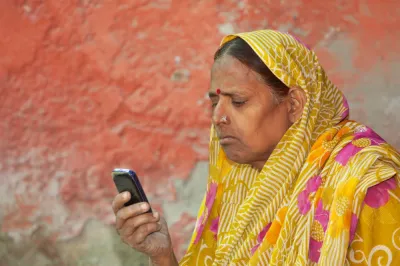Four Drivers of Change for Financial Inclusion in 2017

Returning from the holidays, we at CGAP are turning our attention to the future. I used the down time over the break to reflect on the topics I believe are likely to shape the future of financial services for the poor. Building efficient, large-scale digital ecosystems that dramatically reduce the cost of delivering financial and other services has been an important focus of CGAP’s for many years. But what do we think will enable the emergence of such large ecosystems and ensure their broad accessibility?
I would posit that four factors are changing the landscape for financial inclusion before our eyes:
Technology and distribution
Technology is a clear enabler. None of what we have seen emerge in the last 10 years would have been possible without technology. But technology on its own is not the answer: distribution is the other side of the equation, and its importance is often overlooked in the excitement over new technologies. To access digital financial services, access to a mobile connection is important, but it is equally important to be able to convert cash to digital money and, at least for now, back into cash again. So mobile phones have been important in places like Kenya, but the real game changer has been the emergence of large and well-functioning agent networks. Until accounts are more widely available or people are willing to accept the leap into purely digital money, agents will remain a fact of life.
Policy and regulation
Policy and regulation have always been important, and that role has not diminished. But it has changed. In East Africa, we are seeing a shift from open experimentation to a more coordinated effort to build interconnected services, such as interoperability and cross-border remittances. We are also seeing an increasing focus on competition policy and consumer protection in a number of markets. Governments are increasingly channeling payments to citizens through digital infrastructure and, in some markets, citizens are able to pay governments too. Given the large volumes of money governments drive through the system, this is having an important impact on the viability of digital finance operations.


